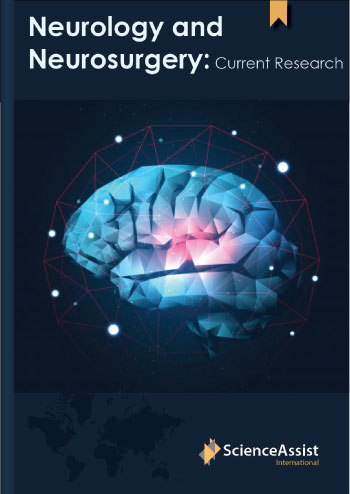
Volume 2, Issue 1 (2021)
1. Figueiredo EG, Deshmukh P, Nakaji P, Crusius MU, Crawford N, Spetzler RF, et al. The minipterional craniotomy: technical description and anatomic assessment. Neurosurgery. 2007;61(5 suppl 2):256-264.
2. Vishteh AG, Marciano FF, David CA, Baskin JJ, Spetzler RF: The pterional approach. Oper Tech Neurosurg. 1998;1(1):39-49.
3. Yasargil MG, Fox JL. The microsurgical approach to intracranial aneurysms. Surg Neurol. 1975;3(1):7-14
4. Coscarella E, Vishteh AG, Spetzler RF, Seoane E, Zabramski JM. Subfascial and submuscular methods of temporal muscle dissection and their rela- tionship to the frontal branch of the facial nerve. Technical note. J Neurosurg. 2000;92(5):877-880
5. Yasargil MG, Reichman MV, Kubik S. Preservation of the frontotemporal branch of the facial nerve using the interfascial temporalis flap for pterional craniotomy. Technical article. J Neurosurg 1987;67(3):463-466.
6. Oikawa S, Mizuno M, Muraoka S, Kobayashi S, et al. Retrograde dissection of the temporalis muscle preventing muscle atrophy for pterional craniotomy. Technical note. J Neurosurg. 1996;84(2):297-299.
7. Cha KC, Hong SC, Kim JS. Comparison between lateral supraorbital approach and pterional approach in the surgical treatment of unruptured intracranial aneurysms. J Korean Neurosurg Soc. 2012;51(6):334-337.
8. Chalouhi N, Jabbour P, Ibrahim I, Starke RM, Younes P, El Hage G, et al. Surgical treatment of ruptured anterior circulation aneu- rysms: Comparison of pterional and supraorbital keyhole approaches. Neurosurgery. 2013;72(3):437-441.
9. Czirják S, Szeifert GT. Surgical experience with frontolateral key- hole craniotomy through a superciliary skin incision. Neurosurgery. 2001;48(1):145-149.
